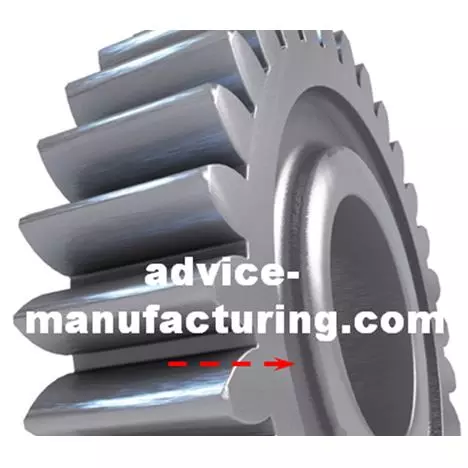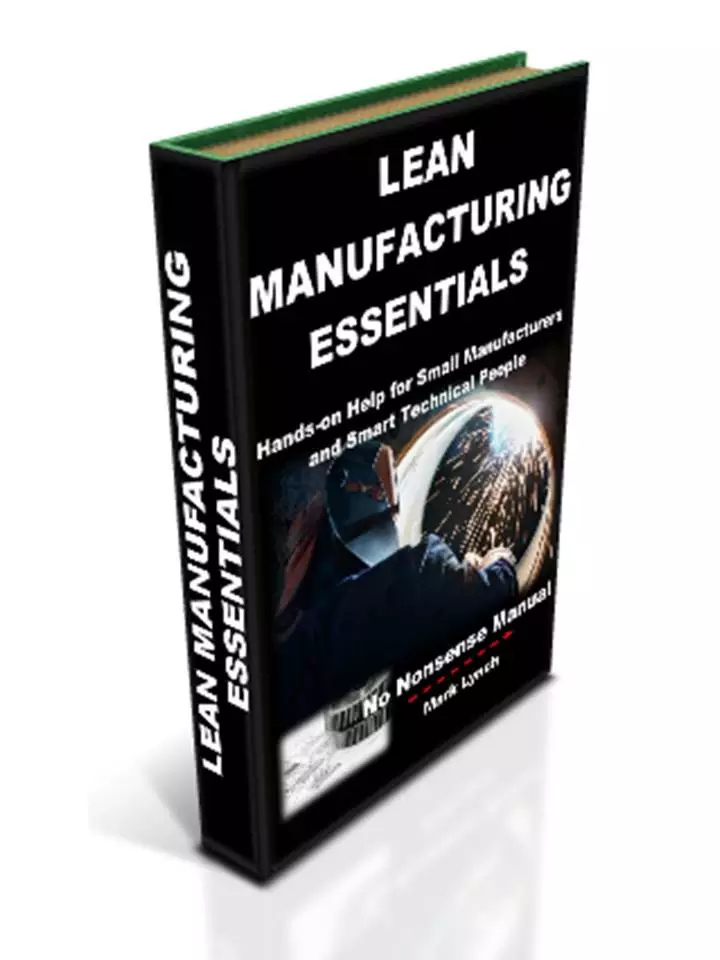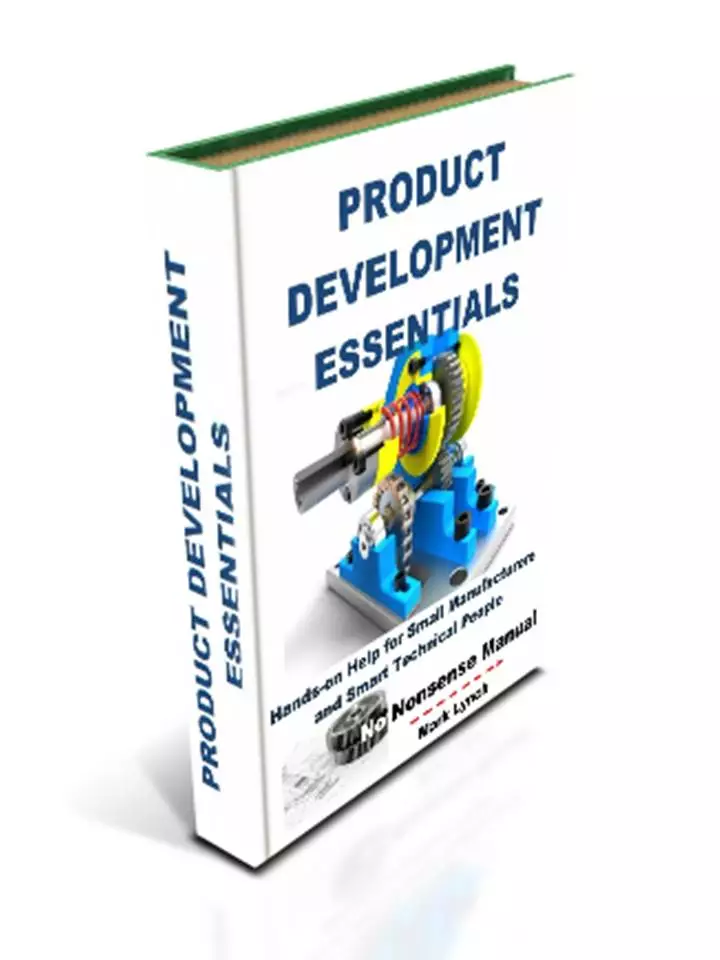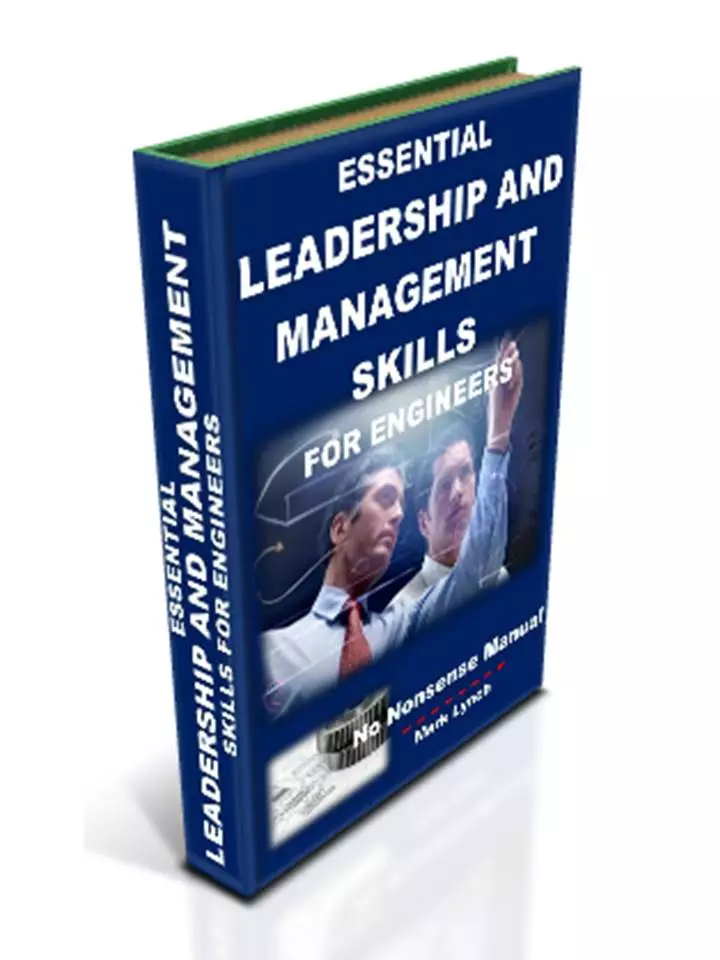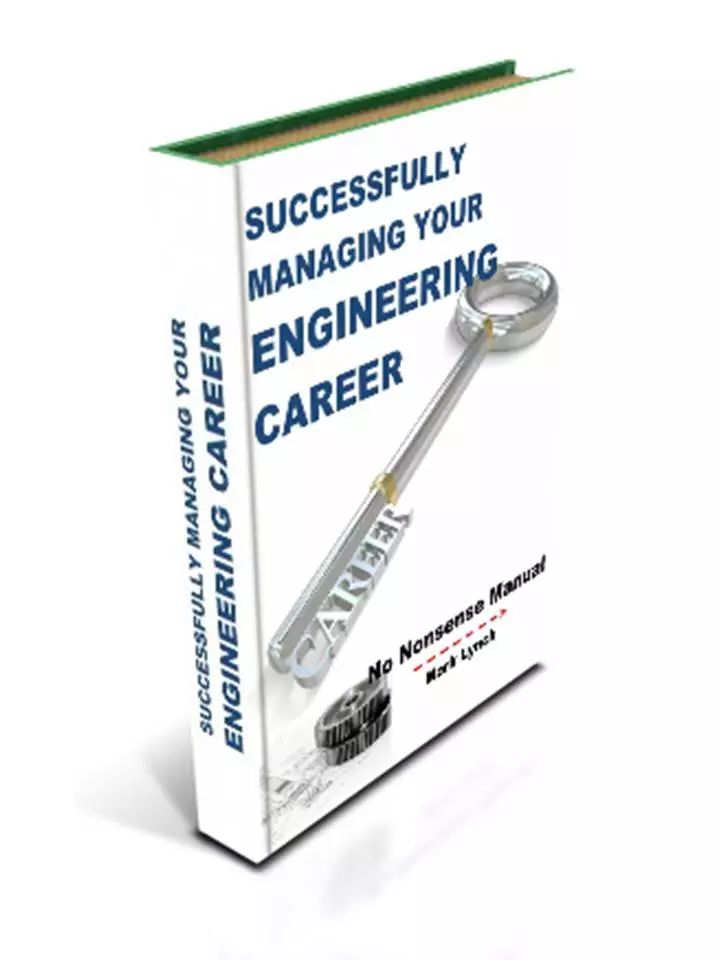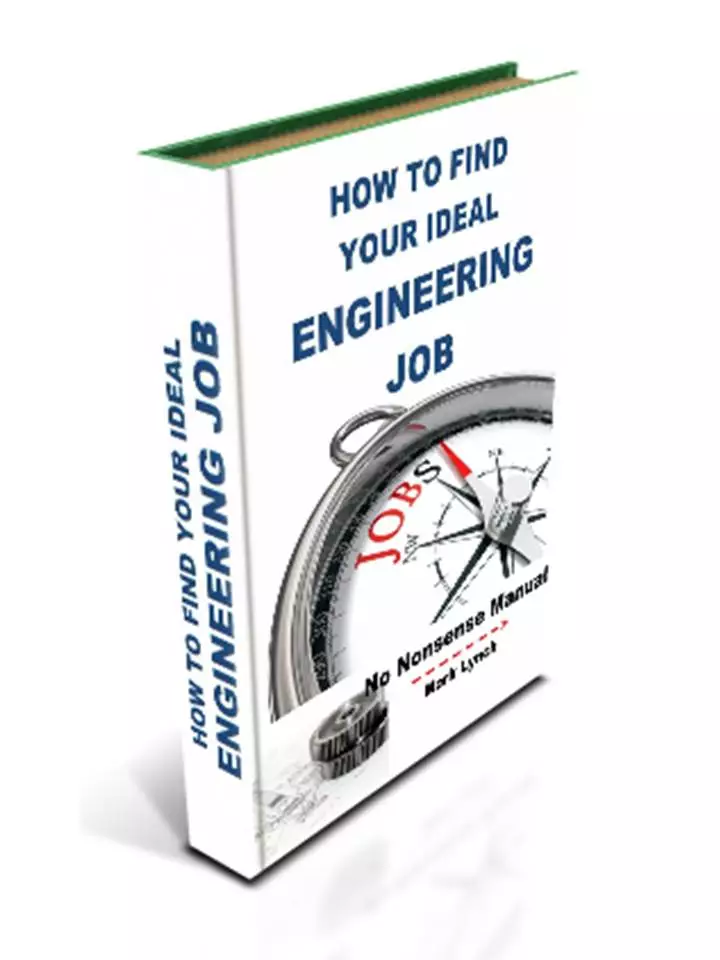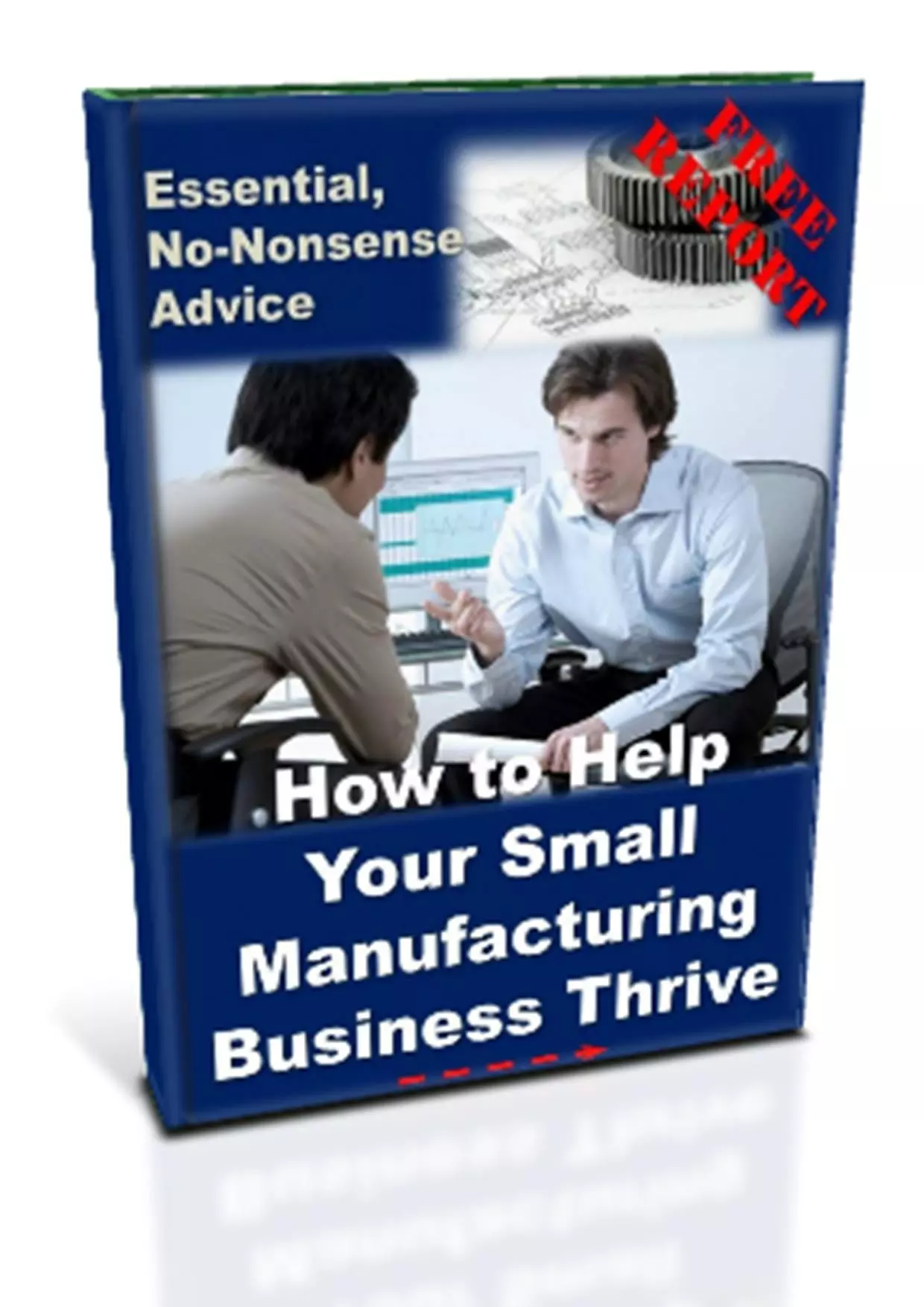'Hands-on Help for SMEs' and Smart Technical People'
Product Development Business Strategy
Product Development Driven
by Business Strategy and Analysis
Essential Product Development for Engineers
Product Development Business Strategy
Product Development Driven by Business Strategy and Analysis
Before any small manufacturer embarks on the product development journey, it is important to ensure their activities are aligned to the objectives of the business. Every product developed or redesigned should clearly contribute to a specific aim of the business, such as a new revenue steam, or reducing costs.
In addition, to maximise the chances of product development success, small manufacturers need to understand the market and commercial environment. Investing some time in basic business analysis, could save considerable amounts later, as well as greatly increase the likelihood of success. Product development is an inherently risky process - shouldn't you be making sure you minimise those risks right from the start?
By asking some fundamental questions, businesses can far better manage these risks. The first thing to do is assemble a cross-functional team. As well as engineering representatives it will require senior managers, sales staff and those who either know your market well, or are in a position to find out. The team need only be small to keep it flexible and readily accessible. However it should be representative of different parts of the business. Here are few starter questions…
Product Development Business Strategy: Consideration before you start...
Business Analysis Questions
- How do you know there is a demand for your product? How sure are you – what’s the evidence?
- Who are the target market and what are trading conditions likely to be like for them when you plan to launch the product? When is your target launch date?
- Where and how do you envisage launching the product? Is it at a single geographical location or will it be available universally? What about online? Have you considered a relevant trade exhibition? Do you need to consider a more detailed marketing and sales plan?
- What kind of market research have you undertaken (primary research) or can you access research undertaken by others (secondary research)?
- Who are your main competitors in your market segment for your proposed product? Can you sketch out what the market looks like starting with high-priced competition, moving down to the lowest cost rivals? Where does your proposed product fit into this?
- Considering the last point, what price are you considering charging? For this, consider competitor pricing, customer feedback and market research.
- For any price, you need to consider what margins you are after, together with your target total unit cost? (Total costs include your fixed and variable costs).
- What is your estimated sales forecast and what is it based on? To help you estimate, consider the size of the market, sales of similar products, brand awareness of customers, as well as how loyal they are? Are your sales forecast realistic?
- Once you’ve considered your estimated sales volumes, what is your projected revenue and profit on this one product (hence the need to get sales and senior managers involved in the discussion).
- What is your breakeven point, considering the estimated costs of developing the product and ramping up for manufacture? When do you expect this to happen?
- Is there any scope to add revenue streams, for example by selling after-sales services, consultancy advice, spares or potentially selling for a high price in certain circumstances (for example express delivery)?
- Where does this new product fit into your existing product range or portfolio? Does it supersede some of your current products? Is it priced accordingly?
- What is the driver for product development in the first place? For example, is it lower priced competition, technological advancement, customer demand or a gap in the market?
Many of the answers to the above will be estimates. The important thing is to consider them upfront, to ensure the direction of your product development activities are aligned to the objectives of your business.
Senior managers will use the answers to the questions above, to assess the viability of the product, as well as check the fit with wider business objectives. Having them on board, or at least partially represented as part of your cross functional team, significantly speeds up the approval process.
Business Strategy and Market Research
Product Development Business Strategy
Next... Understanding Competitors, Market Research and Mass Customisation
Back to Product Development Essentials
When was the last time your business developed a NEW product? ...Or is 'Product Development' too far removed from your core Production Engineering activities?
Does your firm have a clear product development process, with a number of new products released to date? ...Or alternatively, do you think bread and butter production engineering is really what matters? Tell us about your product development experiences...
Share your story...and receive a FREE copy of our report 'Helping Your Manufacturing Business Thrive'...
PS: Feel free to name-drop your firm! There's nothing wrong with a bit of free publicity!
